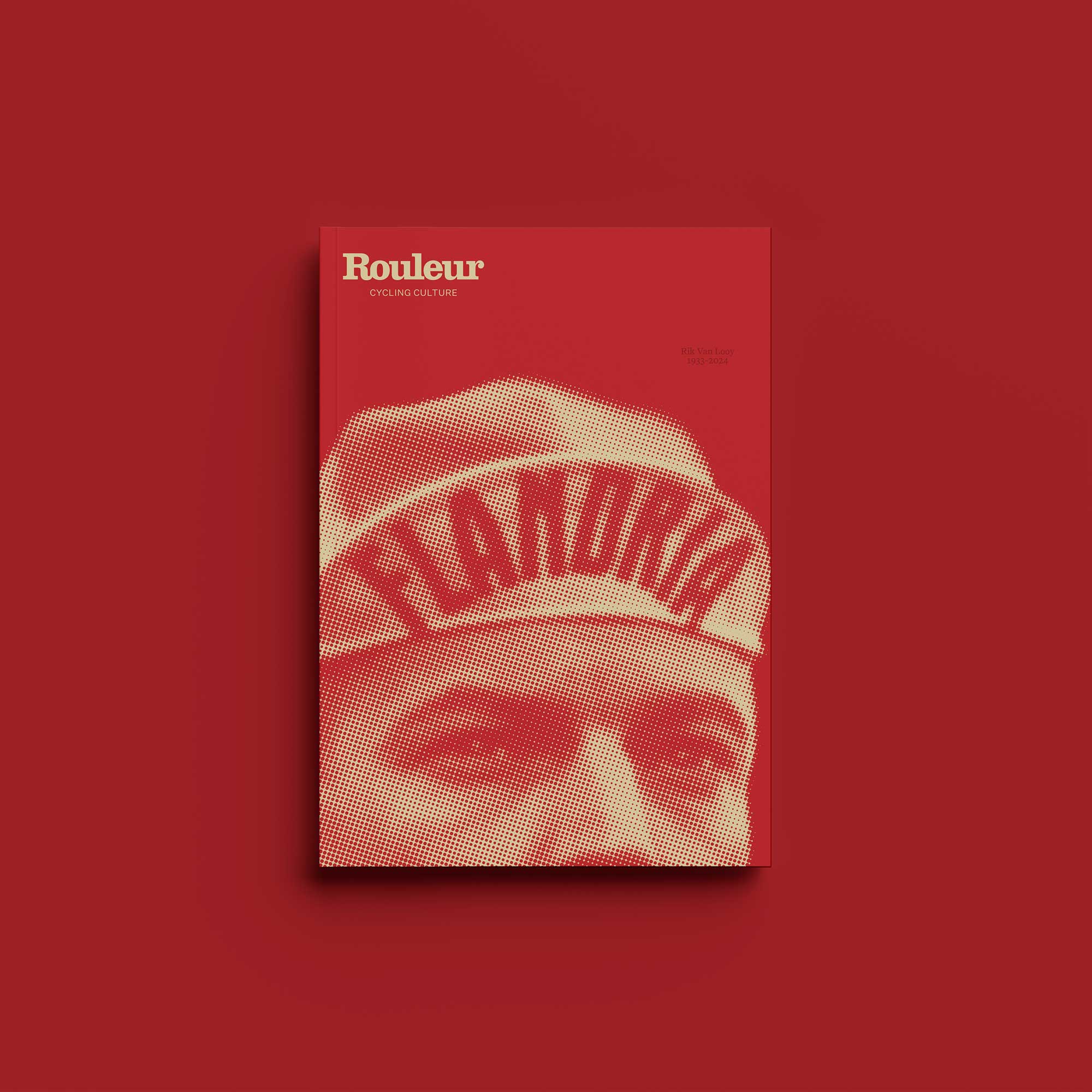Date: Tuesday, May 27
Distance: 203km
Start location: Piazzola sul Brenta
Finish location: San Valentino di Brentonico
Start time: 11:20 CEST
Finish time: 17:14 CEST (approx.)
The small town of Piazzola sul Brenta in Padua lies on the Treviso-Ostiglia cycle route, an old railway line now used as a bike path for tourists to relax and enjoy the Veneto landscape. But whereas the path sticks to the pleasant flatlands of the Po Valley, the riders at the Giro d'Italia will take the far more arduous direction westwards into the Alps, for what is the first five-star mountain stage of the race. They will climb 4,900m in total (more than 1,000m more than any stage so far and the second most of the whole Giro) across a total of four categorised climbs, including what is one of only two proper mountain top finishes. Other stages might have bigger and more famous mountains, but this might just be the most impactful stage of the whole race.
After an opening 65km of gently uphill roads, the first climb, the 12.9km Carbonare, is more of a warm-up act, its average of 4.6% earning it only a category two rating, and tame compared with what’s to come later. A descent brings them to the foot of the much harder Candriai mountain, which rises for 10.1km at 7.6% and is sure to significantly reduce the peloton, especially if teams want to take it on early. Its descent is interrupted for about 10km by a shallow, uncategorised rise, before they eventually reach the foot of Santa Barbara. Arguably the most fearsome challenge of the day, it climbs relentlessly at over 9% for the first 9km, only easing off to a more manageable 6.5% for the final 3km to the top. With only a steep 16km descent plus the final 18km mountain left to ride afterwards, there might even be the potential for GC contenders to make their moves here.
Given the severity of the final climb, the safe ploy would still not be to overcommit before it. Not used as a Giro finish since all the way back in 1970, when Eddy Merckx won the second of his three stages as part of his pink jersey winning campaign, the San Valentino is something of an unknown to the contenders today, and, based on its vital statistics, looks like a difficult climb to master and pace yourself up. It starts off steady enough, averaging just shy of 7% for the first 7km, but then flattens off for some respite. It ramps up again after this 2km respite, this time to significantly steeper gradients, averaging almost 9% for a horrible 6km stretch. And despite easing off once more for a couple of kilometres, they’re still not done, with the final 3km to the top averaging over 9%. This could be where serious time gaps start to open up and produce some potentially decisive shifts in the GC race.

Contenders
Unlike some earlier climbing stages in this Giro, Stage 16’s summit finish offers no hiding place for the general classification contenders. The brutal final ascent, with no descent or plateau to blunt attacks, makes this one of the most decisive mountain stages of the race.
The fight for pink is set to ignite here. Juan Ayuso and Isaac del Toro (UAE Team Emirates) have been among the most explosive GC riders, both with the ability to sprint from a select group. Primož Roglič (Red Bull-Bora-Hansgrohe) lost time on Stage 15, showing a rare crack, but he remains a major threat — especially on summit finishes where he’s historically excelled. Richard Carapaz (EF Education-EasyPost) always performs well in the third week of a Grand Tour and is shaping up to be a significant challenger for UAE.
Simon Yates (Jayco-Alula) remains one of the most dangerous riders on summit finishes and looks to be rounding into form at the right time and is a major threat at second in GC. Egan Bernal (Ineos Grenadiers) has been aggressive all race. Derek Gee (Israel-Premier Tech) has surprised many with his strength and consistency in the mountains — he’s not just surviving, he’s competing and is building well as the race goes on. Adding to the mix is Antonio Tiberi (Bahrain Victorious), who’s emerged as Italy’s top GC hope this year with a measured and mature ride through the race’s hardest days, despite the disappointment of losing time on the flat finish on stage 14 after being held up by a crash.
And don’t overlook Michael Storer (Tudor Pro Cycling) — he may not be in the media spotlight, but his climbing on summit finishes has been exceptional. If the stage explodes on the final climb, he could be one of the few able to follow the very best.
Still, if the GC riders wait too long or mark each other too closely, a breakaway could have its say. With gradients this steep, only the best climbers will survive off the front. Expect experienced names like Romain Bardet (Picnic-PostNL), Wout Poels (XDS-Astana), Pello Bilbao (Bahrain Victorious), Louis Meintjes (Intermarché-Wanty), and David Gaudu (Groupama-FDJ) to target the move.
Lorenzo Fortunato (XDS-Astana) is nearly guaranteed to join the break as he hunts mountain points for the blue jersey, though it may sap his energy before the final push.
Other strong breakaway candidates include Rémy Rochas (Groupama-FDJ), Marco Frigo (Israel-Premier Tech), Filippo Zana and Luke Plapp (Jayco-Alula), Nairo Quintana (Movistar), Georg Steinhauser (EF Education-EasyPost), and stage 15 winner, Carlos Verona (Lidl-Trek) —riders who have the climbing ability and freedom to go for glory.
Prediction
We think Richard Carapaz will win the stage and make some gains on the overall classification.






























